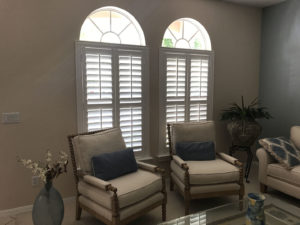
 Having window shutters in your home is a great feeling for most. The only problem people experience is the fact that window shutters are not indestructible, and homeowners are going to have to take care of them regularly if they expect them to last for many years to come. When it comes to interior plantation shutters, New Tampa residents should be made aware that they type of window shutters they have often dictates how much time they should spend on cleaning them and making sure they are in great shape. Taking care of your window shutters is not something that is difficult to do, but you have to do it regularly in order to have lasting results.
Having window shutters in your home is a great feeling for most. The only problem people experience is the fact that window shutters are not indestructible, and homeowners are going to have to take care of them regularly if they expect them to last for many years to come. When it comes to interior plantation shutters, New Tampa residents should be made aware that they type of window shutters they have often dictates how much time they should spend on cleaning them and making sure they are in great shape. Taking care of your window shutters is not something that is difficult to do, but you have to do it regularly in order to have lasting results.
Wood Versus Composite Plantation Shutters
The biggest factor that determines how a homeowner should be cleaning and caring for their interior plantation shutters is the material that they are made out of. When it comes to interior plantation shutters, New Tampa residents should be made aware that composite materials such as polyurethane are one of the more common materials that are used in window shutters, and they are very easy to clean and maintain. Wooden shutters may be beautiful, but they are much harder to maintain and keep looking great.
No Need to Worry about Warping or Cracking
One of the biggest concerns that many homeowners have is that heat and sunlight coming from the windows of the home is going to warp crack over time. Many people often look for a special product to prevent this, but in most cases, it is not needed with interior plantation shutters. New Tampa residents should know that window shutters are made to be heat resistant, except for hardwood variations. When it comes to cleaning window shutters, in some cases it is as easy as dusting regularly and whipping the plantation shutters down with a mild cleaner. The key to making cleaning work for you is to do it regularly, and not every once in a couple of months when you remember to.
*Disclaimer: The views expressed here are those of the authors and do not necessarily represent or reflect the views of Shutter Professionals*

